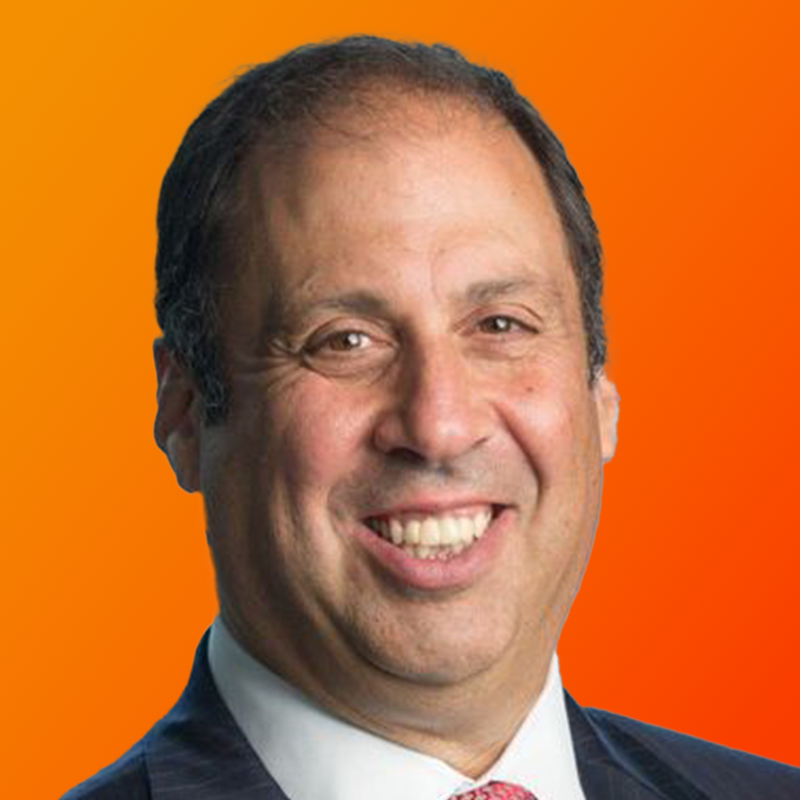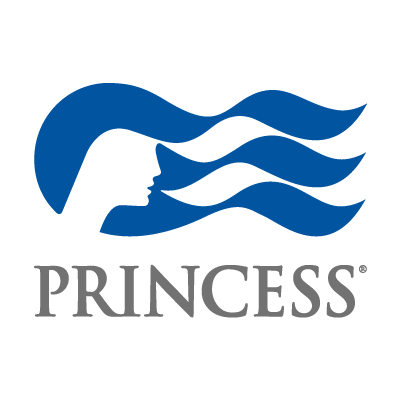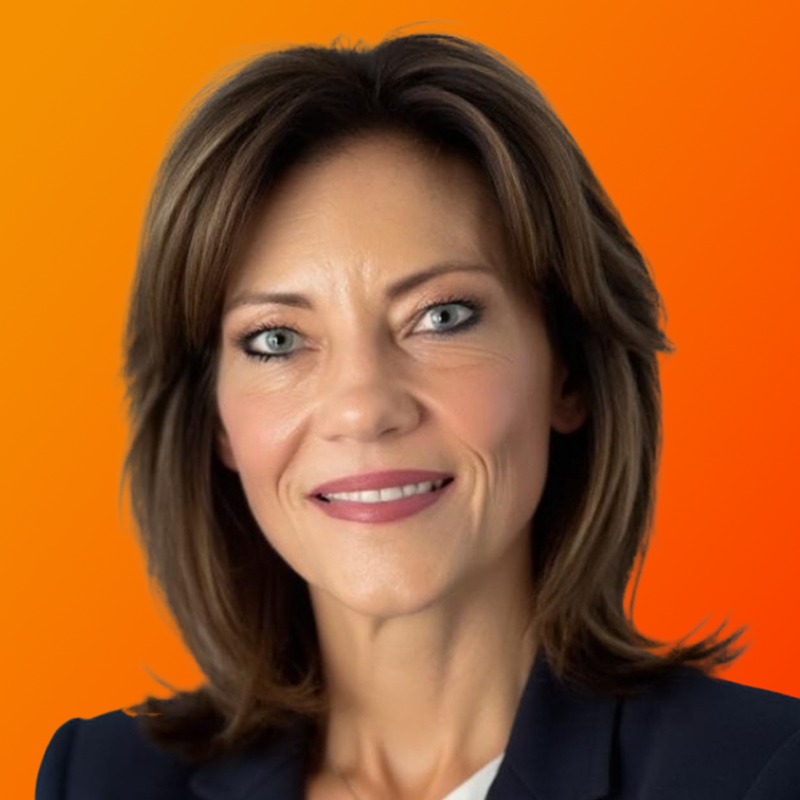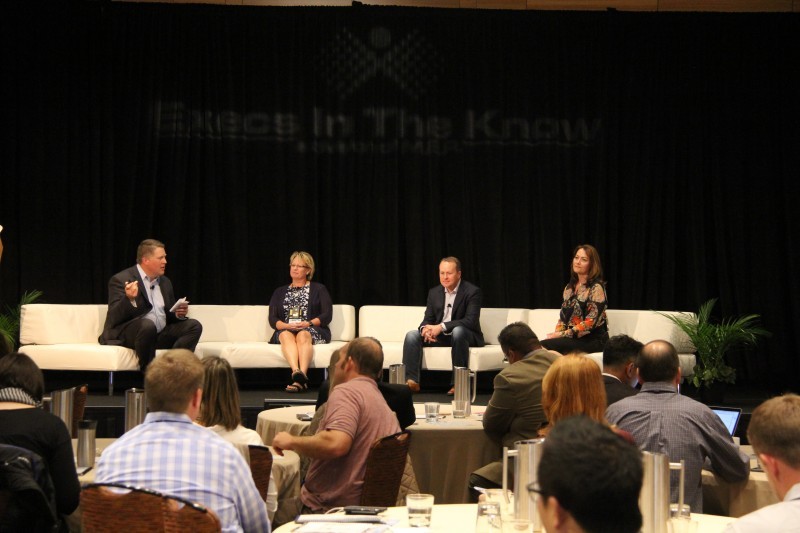
The Empowered CX – Rethinking Service for Mobile & Self-Help Panel ft. HGS, Nintendo, Expedia, and Target.
The following is a guest blog written by Richard Shapiro, Founder and President of The Center For Client Retention (TCFCR). To learn more about their solutions visit their website at http://tcfcr.com/.
Once again, Chad and Susan McDaniel orchestrated a stimulating and educational Customer Response Summit, this time in beautiful Seattle. The keynotes were insightful, panel discussions enlightening and thought-provoking and the attendees were always engaged. Of course, Chad and Susan know how to throw a party and every social event was fun, especially the extravaganza on Tuesday evening at the Tap House Grill. The 80’s were a great era and all the trinkets, music and dancing brought us right back to that decade. Without fail, the opportunity to network peer-to-peer was the pièce de résistance.
The conference began with a behind-the-scenes tour of the Envisioning Center and Digital Crimes Unit at Microsoft. Those of us fortunate enough to attend Monday’s afternoon event were appreciative of an inside look into this major corporation. A picture is worth a thousand words. Perfect way to begin.
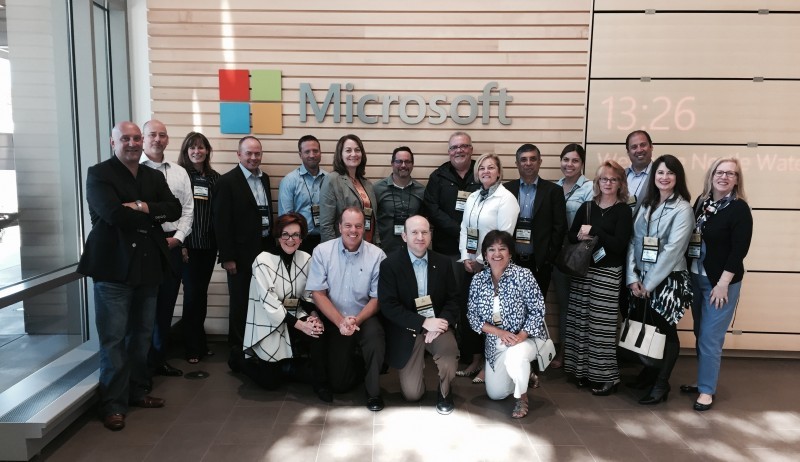
Microsoft Tours During CR Summit Seattle
The 1980’s, the theme of the conference, highlighted where we were and how far we have come. Chad, our exemplary MC, began the symposium with several clips spoofing customer service, including one memorable scene from the Seinfeld TV series when Jerry was told there were no cars available even though he had a reservation. Apparently, car companies don’t always actually reserve a specific car; the request is only entered into the system; making Jerry extremely frustrated. The question to the audience: has service improved in the last 30 years? It depends!
The organizations participating in the Customer Response Summit are leaders in their industries. Every participant wanted to learn, share and brainstorm with the Best in Class so their company can improve and provide exceptional service across every channel.
The 80’s were a simpler time with two primary channels of communication: face-to-face and phone. Now, in addition, there is email, chat, text, apps, etc. Consumers are not only using various channels to communicate, they are vaulting between each one making it difficult, almost impossible, to track and serve consumers. It’s an especially laborious task when company budgets remain tight and the cost for technology increases exponentially.
Every survey is pointing to self-serve as a customer preference. But, when self-serve doesn’t provide the answer, consumers call. According to the report compiled and reported by COPC and Execs In The Know, Traditional Care still is the dominant player in a multi-channel world. Herein lies the challenge. Because the complexities of the issues are significant and consumers have many options for communicating with a company, knowing and tracking the consumer channel history is imperative. It not only helps provide a more personalized experience, it allows a company to target their resources and train associates in real-time.
The costs are high associated with adding new technology, educating agents how to respond with both empathy and constant new information, and hiring additional staff to keep up with demand. It is nearly impossible to close the service gaps. However, impossible is a word not in the vocabulary of the conference attendees. The goal is facing the issues and delivering solutions.
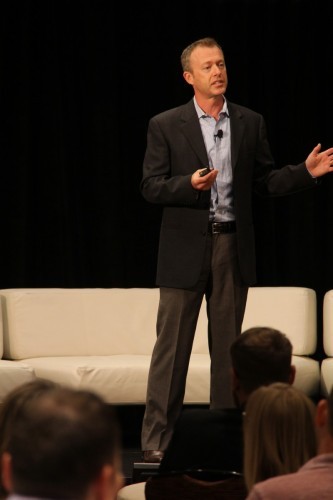
Scott Shute, VP of Global Customer Operations at LinkedIn Delivering his keynote
These were several major themes discussed at the conference:
• Many companies are relying on community forums to help provide support to their customers. In the past, it was possible to develop common scenarios and train staff to respond and be the only trusted source. Today there are so many combinations of software platforms, apps, etc., that relying on third party trusted advisors has become an essential and necessary way to conduct business
• Companies need to do an even better job of educating agents to focus on the emotional component in a transaction; listening to what the customers are feeling and acknowledging those feelings is an important first step. Soft skills are king
• Customers expect companies to track each channel used to communicate with the company. The desire is an easy transition from one channel to another. Very few companies currently have these capabilities
• Some attendees from the retail industry have found their NPS scores have plateaued. Explanation: overall customer expectations are on the rise, speed of delivery is a definitive competitive differentiator and multi-channel service is insisted upon.
• Most attendees are using NPS, but are frustrated when the customer is not able to make a distinction between their initial product quality concerns and how customer care handled the problem. Agents feel a disconnect.
• It’s important to empower employees to make out-of-the box decisions, but also set guidelines to ensure they are fair to the company.
• Customers like to be provided with options in order to make decisions, giving them a feeling of control.
• The trend is to employ remote agents, but the challenge is to motivate and train them when they are not located on-site.
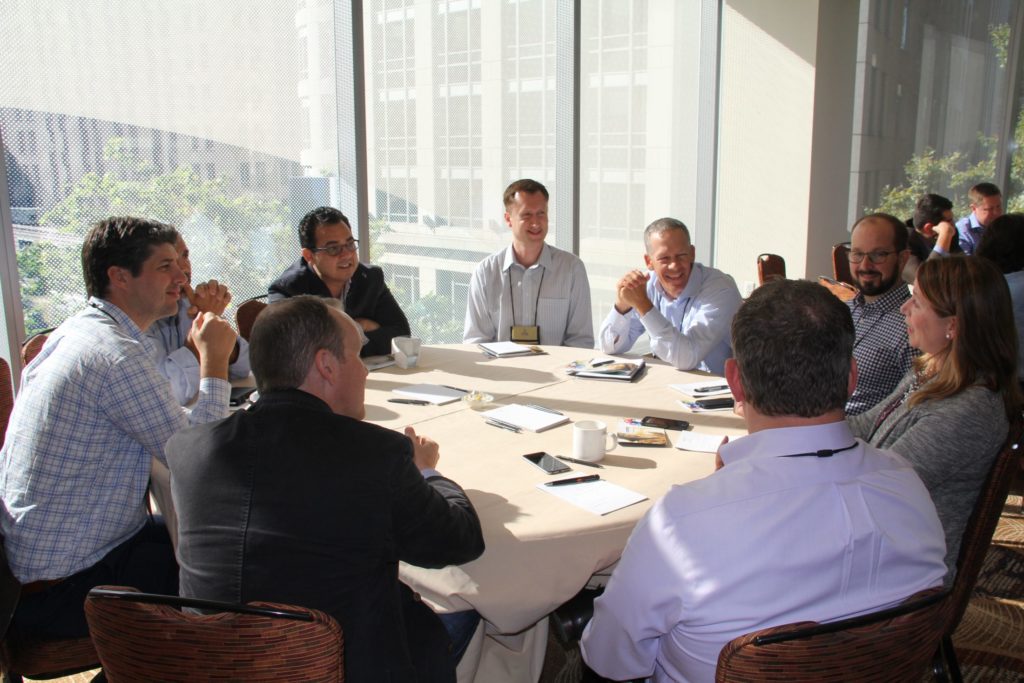
Discussion During a Customer Experience Meet-Up
Other suggestions, comments or recommendations:
• Research has shown that providing additional useful information when responding to a customer’s direct question or issue improves overall satisfaction.
• Video chat is one of the best ways to sell devices; everyone concurred that offering video chat creates tremendous opportunities.
• Focusing efforts to serve people with disabilities should be more of a priority but staffing requires special training.
• Customers prefer social media communications that are more conversational and less corporate-speak.
• Using Gamification to train younger agents can be more effective than other methods.
• It is important to communicate to staff that every employee in the company must focus on the customer, even if their specific job is not in customer support. The goal is a customer-centric company culture.
• Many companies are using old school quality monitoring criteria that is tactical, rather than strategic. What information would get the attention of the C-Suite?
• It’s worthwhile for companies to consider developing a stand alone app for their customer support where the consumer’s history and preferences can be stored and tracked.
• Ensure all support has been designed for the appropriate screen size. Otherwise customer frustration is created and the support function diminished.
• Marketing should provide customer support with sufficient lead-time when releasing new campaigns so they are completely prepared to respond to questions or concerns. That must become the new norm.
• Onboarding new employees is even more important than ever. Most technical support positions are going to Millennials who possess great technical acumen, but don’t always have appropriate communication skills.
• Everyone is competing to provide the exceptional customer experience. Amazon has set the gold standard in customer service for innovation and speedy solutions and delivery. Every customer has high expectations. Any response other than now is regarded as slow and not customer focused.
• A major benefit of technology should be to allow agents to have more time to serve customers.
• According to the COPC & Execs In The Know Customer Experience Management Benchmark Series, 2015 Consumer Edition the percentage of customers using Twitter, Pinterest/Instagram increased 75 percent from 2014 to 2015. Text also saw a gain of 22 percent.
• There must be a security component to customer care. Customers want their personal information to be protected. How can we balance customer effort with additional layers of security?
• Associates should be encouraged to use LinkedIn as an important career tool. A professional photo should be displayed and your team counseled to keep profiles updated with detailed position summaries.
• A company’s success cannot always be judged by revenues; some customers stay even though they are dissatisfied and when there is a choice they will jump ship and do business elsewhere.
• Number one, most important question in every meeting: what’s in this decision for the customer?
• According to the 2013 Customer Rage Study, conducted by Dialog Direct, 94 percent of customers want to be treated with dignity and only 35 percent felt they received respect.
The conference closed with an inspiring presentation by JC Quintana, an innovative executive, author, speaker and founder of the Corporate Relationship Group. JC, a stand-up comedian on the side, concluded a long day with just what the audience needed. Although a comic, JC’s message was serious and relevant. He led a discussion about his Seven Unified Customer Strategies for Relationship Management: Relationships, Engagement, Centricity, Service, Support, Transparency and Experience. He emphasized CRM needs to be a collaborative activity, a unified approach to eliminate silos. JC’s closing remark, “A journey of a 1000 miles starts right where you are.”
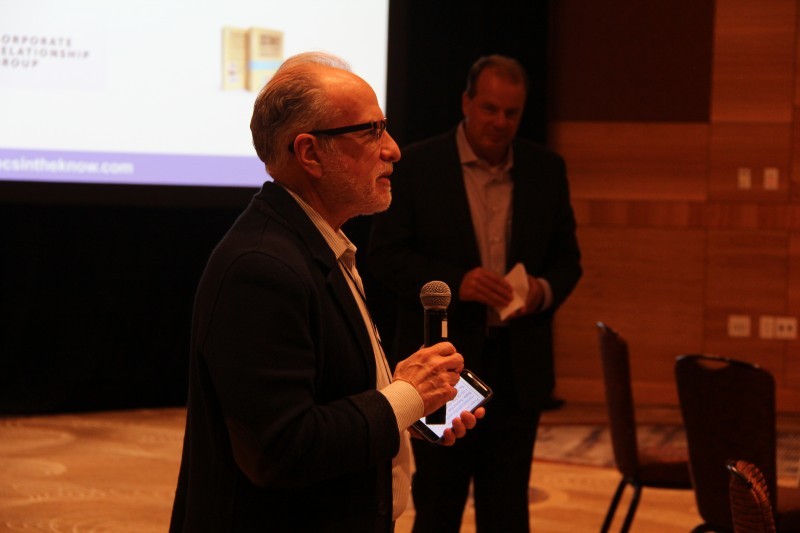
Richard Shapiro, Founder and President of The Center For Client Retention
When is the next Customer Response Summit?
February 23 – 25, 2016 in Phoenix, at the JW Marriott Desert Ridge Resort & Spa.
Can’t wait!
To hear more about Customer Response Summit Phoenix, visit the official event website.
Richard Shapiro, Founder and President, The Center For Client Retention; author, The Welcomer Edge and the soon to be released, The Endangered Customer: 8 Steps to Guarantee Repeat Business

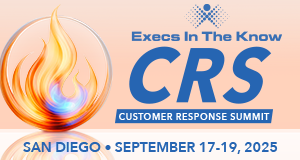
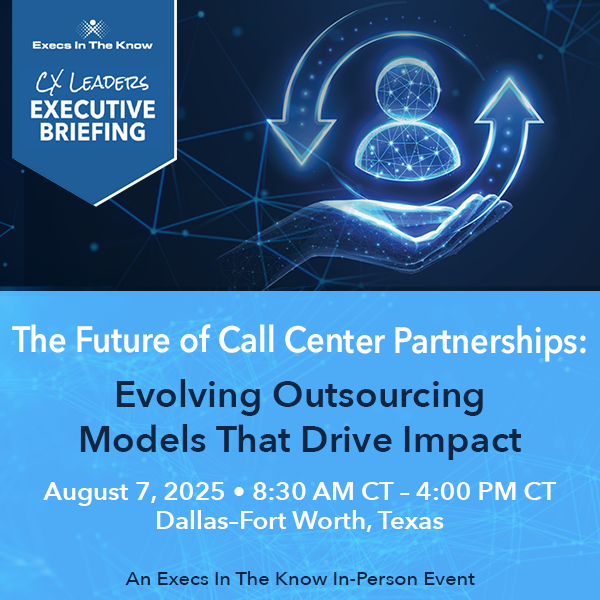
 Mark McKercher
Mark McKercher

















